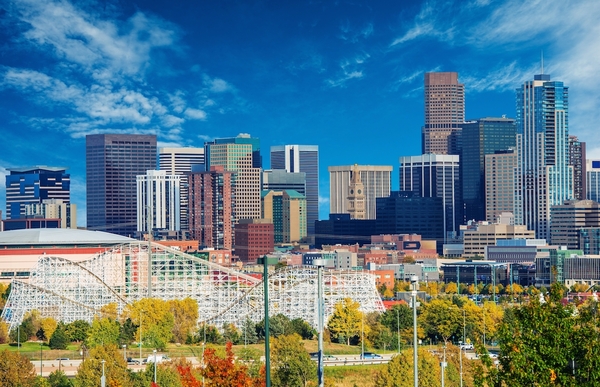The Local newsletter is your free, daily guide to life in Colorado. For locals, by locals.
We know Denver and the Front Range will grow exponentially over the next 30 years; now we just have to prepare for it.
That was the theme of Thursday’s Rocky Mountain CitySummit at the Sheraton Downtown Denver Hotel. The daylong gathering, organized by the Downtown Denver Partnership and sponsored by dozens of organizations, featured speakers, panelists, and breakout sessions devoted to the question of urban growth and how to manage it.

Events such as these can easily devolve into squishy calls to action—More bikes! Fewer cars! Yay, diversity!—that go nowhere when it’s time to establish concrete policies or enact new programs. What made CitySummit so compelling was the wealth of economic and demographic data its presenters offered up: Namely, that things like more bikes, fewer cars, and greater diversity (thanks to easier urban access to mixed-income housing and jobs) demonstrably help a city’s residents lead healthier, more productive lives.
(Read more about Denver’s rising rents)
Take an example such as adding bike lanes by narrowing unnecessarily wide streets. Study after study has shown that doing this—which can often be accomplished by simply repainting traffic lines—can significantly reduce accident rates, particularly if the bike lanes are protected by a parking lane for cars. And changing one-way streets, of which downtown Denver has a perilous glut, to two-way roads also increases public safety (it can even lower crime rates) and brings in revenue for businesses that reside along the reconfigured avenues. According to the data, all these measures can be executed without worsening auto traffic or commute times because most city streets with three or more lanes don’t need to be that wide to efficiently handle traffic.
More bikes and bike lanes would normalize cycling and condition drivers to keep a closer eye out for two-wheelers, and it would remove the temptation some bikers have to pedal in car lanes, often with an air of smug defiance. (Not all drivers are jerks, and not all jerks are drivers.) More cycling also means more disposable income: In bike-crazy Portland, Oregon, the amount of time its citizens spend behind the wheel is 20 percent below the median rate among American cities. This amounts to about $1 billion per year in car-related savings (gas, parking, etc.) that regular cyclists are free to spend elsewhere.
As Denver continues to find ways to attract Millennials—people roughly between teen-aged and early thirties, who will comprise half the American workforce within five years—our leaders must continue to add appealing amenities to our landscape. We’ve been doing an outstanding job on this front with recreational pastimes like our craft brewery and marijuana booms, our growing tech industry, and our inherently healthy lifestyle. Continued progress in this recruitment will depend upon making the more mundane aspects of everyday life even more progressive.








